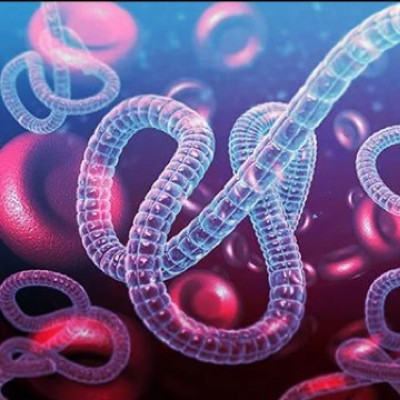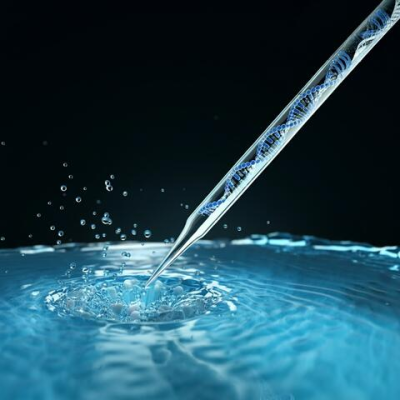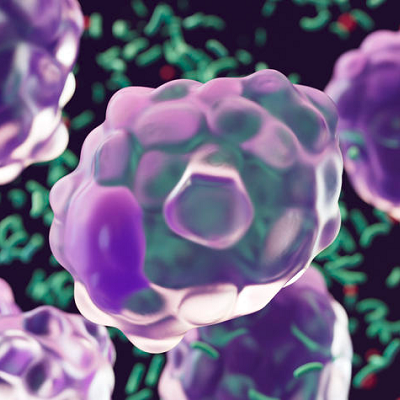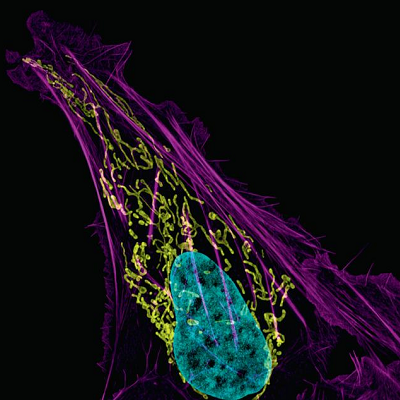As described in Nano Letters, their findings provide a new pathway for creating therapeutics for cancer and heart disease and expanding the field of tissue engineering.
“Every cell is responsive to pH,” explains Jinglei Ping, associate professor of mechanical and industrial engineering at UMass Amherst and corresponding author of the study. “The behavior and functions of cells are impacted heavily by pH. Some cells lose viability when the pH has a certain level and for some cells, the pH can change their physiological properties.” Previous work has demonstrated that changes of pH as small as 0.1 pH units can have physiologically significant effects on cells.
However, studying the direct impact of pH changes has been challenging because existing methods of changing the cellular environment are slow and rely on diffusion. “How a specific cell responds to the pH variation in real-time — that is unknown,” says Ping.
It has been established that pH can be manipulated with a microelectrode, providing the initial means for the design, but doing this while also measuring the change in pH introduced a new hurdle: The graphene transistor to measure the pH is also sensitive to the current from the pH-modulating microelectrode. “So, the current you measure is not specific to pH,” says Ping.
This is where Ping took inspiration from fighter aircraft machine gun and propeller synchronization. In a fighter aircraft, machine guns are located behind the propeller. The aircraft needs to shoot bullets without hitting its own propeller. The solution is that machine guns are synchronized with the propeller so that the fast-firing guns only shoot when aligned with an opening between the slower-moving propeller blades.
Ping’s team created a similar gap by briefly turning off the current that changes the pH. This milliseconds-long gap is large enough for the transistor to make an accurate recording of pH without the interference of current from the microelectrode, but small enough that the pH does not have time to revert to normal.
Their device was able to manipulate pH with a resolution of 0.1 pH units, far exceeding previous electrode-based attempts that only reached 0.6 pH units.
They tested their device on bacteria and heart cells. They found that the movement of bacteria (Bacillus subtilis) decreases as the environment becomes more basic. Compared to conventional methods, the new method was more efficient. It required a single sample and captured nine data points in about nine minutes, while the conventional method took two hours to collect 13 data points, each requiring its own sample.
They also found that when the pH of the environment is reduced from neutral (7) to acidic (about 4), cardiomyocytes doubled their heartbeat frequency, highlighting the device’s potential to advance scientific understanding of the relationship between metabolic acidosis (when the body is too acidic) and tachycardia (a condition where the heart beats too fast), as well as to address important questions in cardiology therapeutics.
“It opens the doors and it solves a technical question, and it brings out a lot of what-if questions to scientists,” says Ping. “I will not say that we have addressed any of those long-term questions, but we provide a tool to address them.”
Ping envisions that this technology can be applied to bioelectronics, tissue engineering, tumor therapy and regenerative medicine.
Read the original article on University of Massachusetts Amherst.







